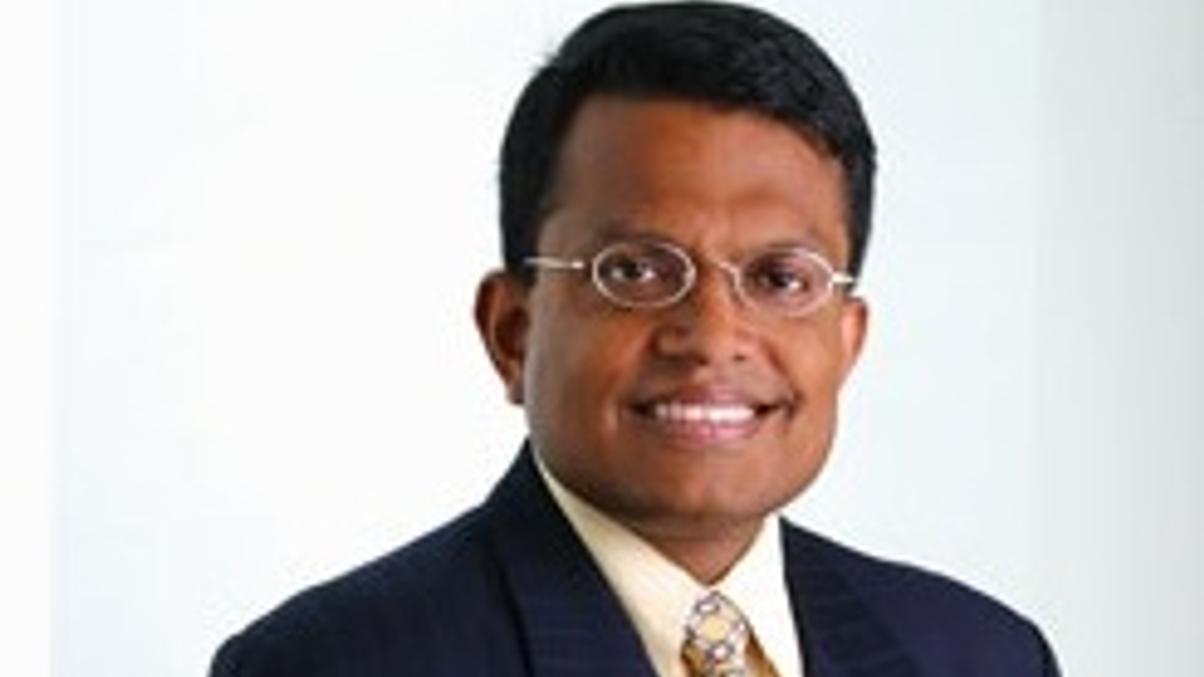MAS lauds local managers despite their dip in AUM
The Monetary Authority of Singapore says a 1.2% drop in assets among Singapore-based houses last year was not bad given the macro environment.

The Monetary Authority of Singapore has given locally domiciled asset managers a pat on the back, describing their 1.2% year-on-year dip in overall AUM for 2011 as “not bad” considering market volatility.
Sign in to read on!
Registered users get 2 free articles in 30 days.
Subscribers have full unlimited access to AsianInvestor
Not signed up? New users get 2 free articles per month, plus a 7-day unlimited free trial.
¬ Haymarket Media Limited. All rights reserved.


